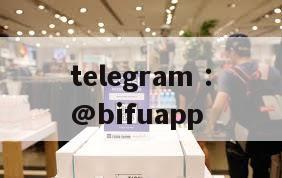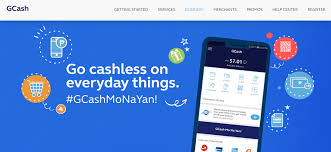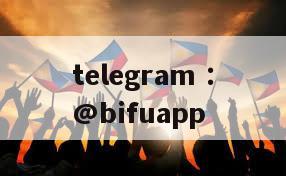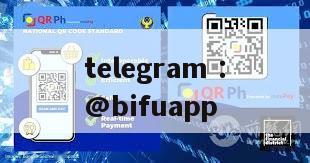In the Philippines, GCash, as an e-wallet with the reputation of "Alipay", has become a must-have application in many people's mobile phones. After three years of the epidemic, GCash's user base has continued to rise in the Philippines, and now has 76 million registered users. However, for Filipinos who have moved abroad, once they lose their Philippine mobile phone numbers, they will no longer be able to use GCash, which has always been a major pain point for users.
In order to solve this problem and further enter the international market, GCash officially launched the overseas beta version after obtaining approval from the Central Bank of the Philippines (BSP). This new service allows Filipinos in Japan, Australia and Italy to register and use the GCash app through an international SIM card without a Philippine SIM card.
"We want to improve our services so that customers can enjoy the convenience of GCash even when they are overseas," said Martha Sazon, president and CEO of GCash. This move is expected to not only widen the gap between GCash and its competitor PAYMAYA, but also provide great convenience for overseas Filipinos.
Currently, the overseas beta version of GCash is only open to the first 1,000 users in Japan, Australia and Italy. Once verified, overseas Filipinos can start signing up for GCash, regardless of which country's SIM card they use, to send money to their families back home, pay bills or purchase credit. GCash is expected to fully launch its official overseas stable version later this year.

It is worth noting that GCash's international expansion is not limited to this. Supported by its partnership with global payment platform Alipay, GCash has been doubling down on its efforts to expand its international influence. In the future, GCash plans to expand its services to SIM card registered users in countries such as Japan, South Korea, Singapore, Malaysia and Qatar, and will cover EU countries such as the United Kingdom, France, Germany and Italy.
Observers point out that GCash's eagerness to expand its international market is closely related to the huge amount of foreign exchange remitted back to the Philippines by the huge group of overseas Filipino workers. According to the Central Bank of the Philippines, the US dollars remitted back to the country by overseas Filipino workers (OFW) hit a record high of US$36.14 billion in 2022. This income accounts for 8.9% of the country's gross domestic product (GDP) and 8.4% of the gross national income (GNI).
Compared with cross-border remittances at bank counters, cross-border e-commerce and electronic payments have greater room for growth. The launch of the international version of GCash will undoubtedly inject new vitality into this market. For overseas Filipinos, GCash is not only a payment tool, but also a link between hometown and family.
Against this background, Bifu Pay, as a third-party payment platform focusing on the Philippine market, has also ushered in new development opportunities. The services provided by Bifu Pay, such as Bifu Philippines Collection and Payment, Bifu Philippines Collection, and Bifu Philippines Payment, will further enrich GCash's international payment ecosystem and provide overseas Filipinos with more convenient and efficient payment solutions.
Looking to the future, the cooperation between GCash and Bifu Pay will jointly open a new chapter in cross-border payments and bring convenience and well-being to more overseas Filipinos.

 bifu pay
bifu pay





发表评论
发表评论: